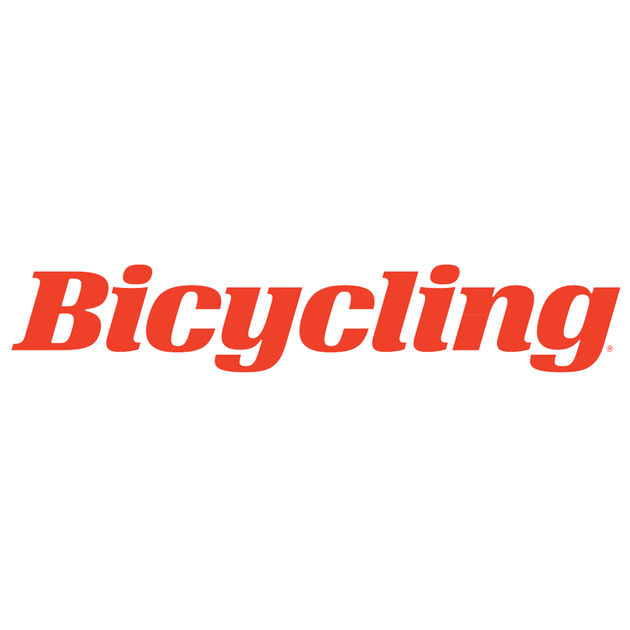South Africans have been focusing on Listeriosis – and being extra careful about what they put into their bodies.
But that may not be enough as officials have now alerted the public to three other diseases besides Listeriosis, namely Typhoid, Pertussis and Diphtheria. These three diseases also fall into category one of notifiable diseases – the same category as Listeriosis.
The ‘surge season’
Even though it is very important that we remain alert regarding Listeriosis, the City of Cape Town (COCT) Health Department and Alderman JP Smith say we should be aware of an increase in these other communicable diseases.
According to a statement released by the City, there is usually an increase in diarrhoea in summer, affecting children under five-years-old, but that seems to be less of a concern this season.
Smith, Mayco member for Safety and Security; and Social Services reported that due to increased efforts and the diligence of health practitioners, there has been in recent years a decline in diarrhoea with dehydration and the number of diarrhoea-related deaths during the season.
“Sadly, this drop in diarrhoea cases was followed by an increase in pneumonia in this age group over the same period,” said Smith.
He added that health officials are now calling this period the “surge season”. In August 2017, health officials saw an increase in diphtheria and measles cases. Then they also noticed an increase in pertussis and typhoid
Smith said: “These diseases present a significant and costly challenge to the City. Not only are staff and resources under pressure, but the outbreak of any disease also puts lives and livelihoods at risk.”
The 3 other communicable diseases
Pertussis, also known as whooping cough, is a highly infectious, bacterial disease. Back then, the disease was a danger to children, but it seems to be affecting adults these days as well. For more information about Pertussis, click here.
Typhoid is a disease people contract through faecal oral contamination, which could also result in death. Symptoms include fever, headache, abdominal pains or cramps, nausea and vomiting, constipation or diarrhoea. For more information about Typhoid, click here.
Diphtheria is also a highly infectious bacterial disease of the upper respiratory tract and occasionally, the skin. Should this disease affect the respiratory tract, it is classified as respiratory diphtheria, whereas if it affects the skin, it’s known as cutaneous diphtheria. Complications with this illness could result in severe breathing problems and organ damage, which may prove to be fatal. For more information about Diphtheria, click here.
Are you, or someone you know, suffering from any of these illnesses? Share your experience by emailing healthnews@health24.com and we may publish your story. Should you wish to remain anonymous, please include this in your mail.
Image credit: iStock
NEXT ON HEALTH24X












